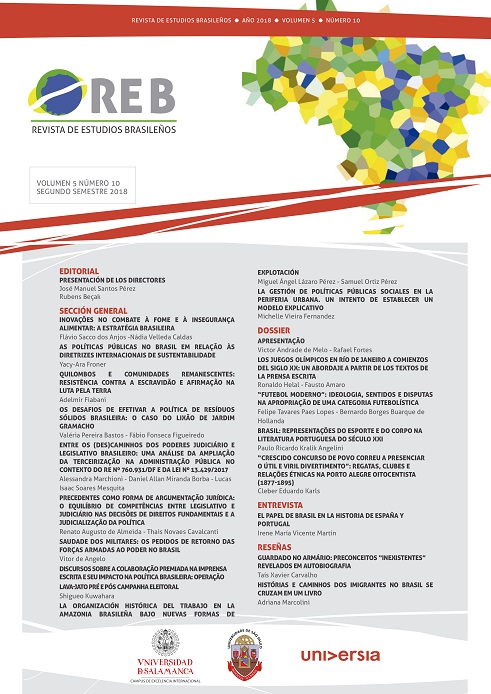Innovations to fight against hunger and food insecurity
The Brazilian strategy
Keywords:
Food and nutrition security, Brazil, institutional markets, family farming, social inclusionAbstract
The purpose of this article is to analyze the Brazilian experience of confronting hunger and food insecurity in the last decade. In this country, the matter has become state policy under the aegis of various public instruments and policies. One of the most promising tools was the creation of institutional markets, a system that ensures the link between expanding access to food products for the population and the social inclusion of family farmers. The creation of these markets must be attributed to the confluence of three vectors. Firstly, the State effort to consolidate the area of family agriculture that began in the first half of the 1990s. Secondly, the protagonism of the forces working in the field of family agriculture. Third, the political circumstances of Brazil must be emphasized, amidst the State’s need to expand its range of alliances with social movements and to meet historical commitments with the reduction of inequalities.


